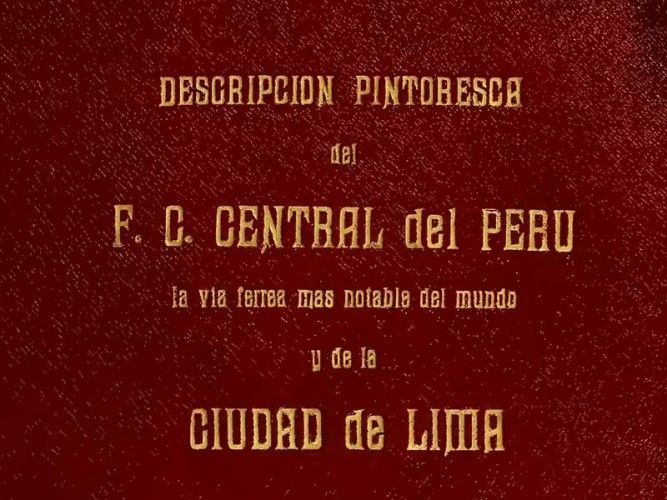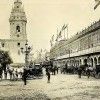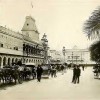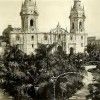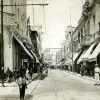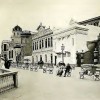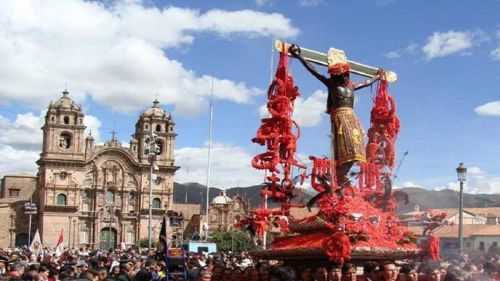The booklet named “Lima - Descripción Pintoresca de la Ciudad Capital Del Perú” or “Lima - Picturesque Description of the Capital City of Peru” was published 1913. The 53 pages contain beautiful pictures from C.L. Chester (New York City) reflecting on the highlights of the city and scenes from the daily life.
They accompany the pictures with a brief founding history of the city and narrations about people, society, important buildings, and sites of public interest. Unfortunately, the quality of this digital version makes it difficult to decipher some texts, but the pictures are just beautiful – Use them for a modern-day picture hunt to compare how these places look now 100 years later or what has not survived in 21st century Lima.
Extract of the content:
The city of Lima, the capital of the republic, is picturesque and quaint, and the foreigner may live there in comfort and serenity. Lima is one of the premier cities of South America and was the main center of the early Spanish power, and seat of the viceroys. It was established by Pizarro in 1535, and called “Ciudad de los Reyes” – City of the Kings, in honor of the Spanish sovereigns Doña Juana and Carlos V. Later it was called Lima, a corruption of the name of the river Rimac, which flows through it.
The foundations of the Cathedral were laid by Pizarro in 1535, but the building was not consecrated for some ninety years afterwards. The two great towers which stand up above the surrounding buildings when seen from afar, were built during the term of the viceroy Taboada in 1795, the former superstructure having suffered by the devastating earthquake of 1746, when the city was almost reduced to ruins.
The city is built on the usual Spanish-American plan of parallel and cross streets, with a large central plaza. The Cathedral occupies one side of this plaza, whilst the National Palace, where the various Departments of State transact their business, extends along another, with clubs, shops, and other buildings on the adjoining sides. The plaza is beautifully planted with flowers and palms and is enlivened on various days of the week by the playing of military or municipal bands, to whose enjoyment the mild rainless climate lends almost perpetual occasions. Lima is a city of many churches and convents, and it was, and indeed still is, a stronghold of Roman Catholicism…


